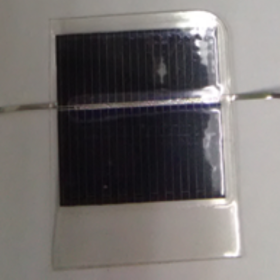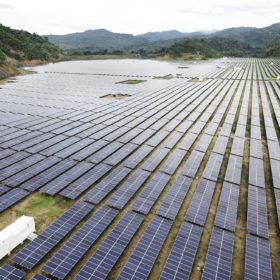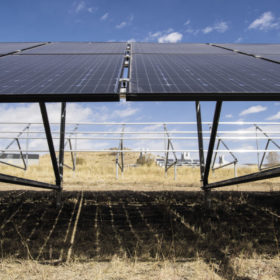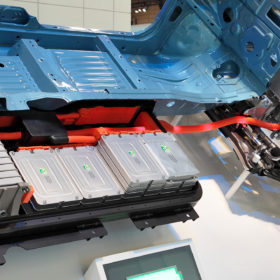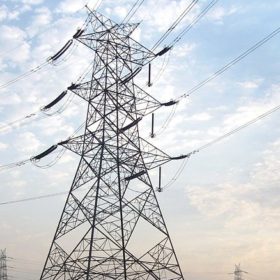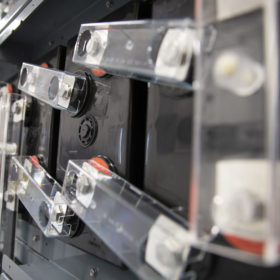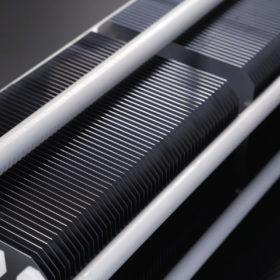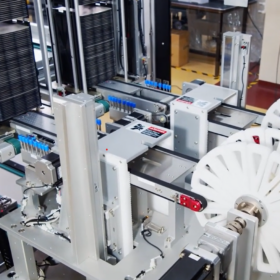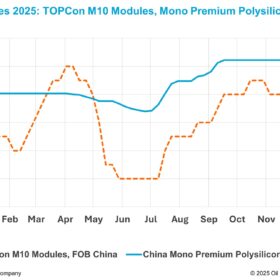Pouch lamination technique for solar cell encapsulation
Madurai Kamaraj University scientists have used a pouch laminator to encapsulate a polycrystalline solar cell. The resulting device, the researchers claim, showed better UV photon absorption than solar cells treated with a polymer surface coating.
NTPC tenders 600 MW grid-connected solar EPC work
The interstate transmission system (ISTS) connected solar projects—to be set up on a turnkey basis—can be located anywhere in India. Bidding closes on June 22.
Integrating agriculture and solar energy production
A study by Germany’s Fraunhofer Institute for Solar Energy Systems has evaluated the feasibility of horticulture PV at the site of Paras in Akola district of Maharashtra, where the state utility Maharashtra State Power Generation Co. Ltd (Mahagenco) is considering to install a ground-mounted solar system on more than 100 hectare (ha) of arable land.
Used EV batteries for large-scale solar energy storage
MIT scientists have suggested used electric vehicle batteries could offer a more viable business case than purpose-built systems for the storage of grid scale solar power in California. Such ‘second life’ EV batteries, may cost only 60% of their original purchase price to deploy and can be effectively aggregated for industrial scale storage even if they have declined to 80% of their original capacity.
Rs 900-billion package not a solution to Discoms’ woes, but offers respite
For long-term stability, Discoms need to address operational issues like low billing and collection efficiency and high aggregate technical and commercial losses.
Germany to help India evaluate optimal power balancing with renewables
German development agency GIZ has hired DNV GL to study control reserve requirements of India’s southern states. The study—part of the Indo-German Energy Programme—will help ensure efficient and cost-effective integration of large-scale renewable energy supplies in the region.
Innovation promises cheaper solar cell glass manufacturing
Indian scientists have developed a hybrid production method combining metal mesh and a metal-oxide layer over a glass substrate which they say brings down production cost by 80% compared to the tin-doped, indium oxide-based technology currently in use.
Three signs that battery energy storage is mainstream today
With the inclusion of battery energy storage into new building codes and safety standards, it’s obvious just how mainstream storage is today.
NTPC, ONGC sign MoU to set up renewable energy JV
As per the MoU, the state-owned power producer along with the oil and gas producer shall explore setting up of renewable energy projects in India and overseas, and sustainability, storage, e-mobility and ESG (Environmental, Social and Governance) compliant projects.
The long read: Carriers key for quality cell surfaces
The path to lower solar LCOE can be painful; just ask a PV manufacturer. However, ever-larger crystalline wafers may cause more pain than they are worth, argues Gerry Knoch, the managing director of wet bench provider exateq. For high efficiency, eliminating cross contamination in wet processes is vital and can be achieved – with carriers playing an important role.
